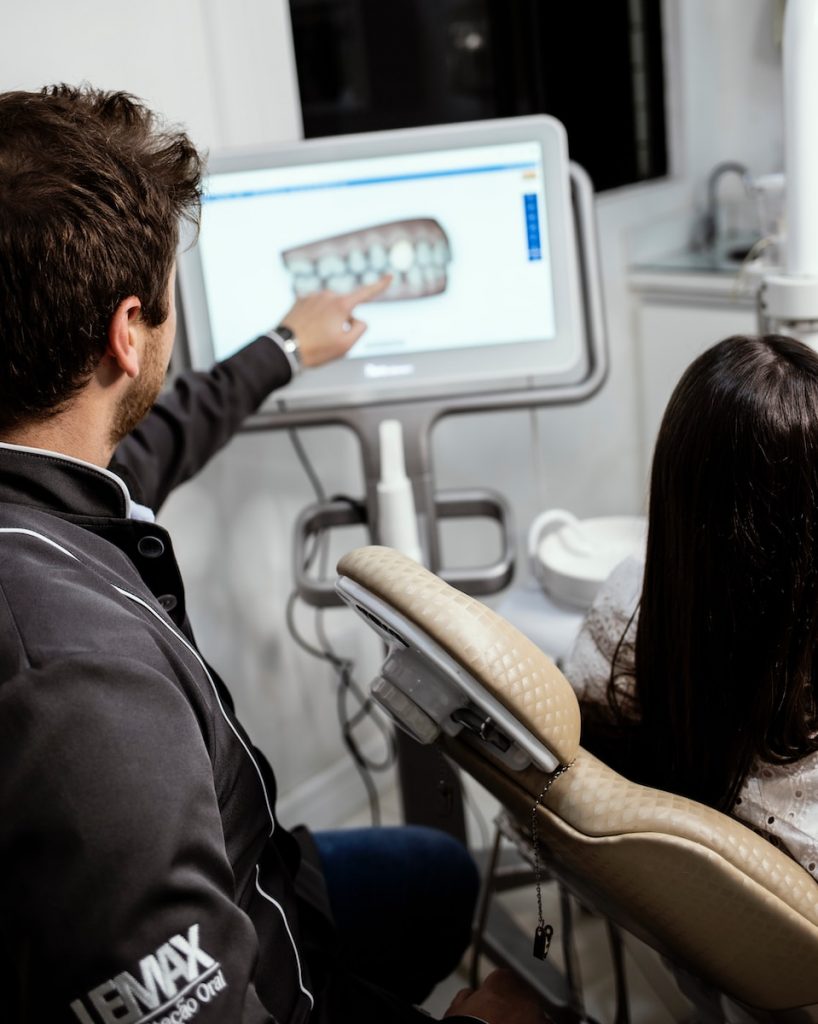With the rise in cosmetic dentistry, numerous treatments are available to enhance your smile, and dental bonding is one of them. However, the question of “how much does tooth bonding cost?” might be hovering in your mind. This comprehensive guide aims to provide you with all the essential details about dental bonding, including its cost, procedure, benefits, and much more.
Understanding Dental Bonding
Tooth bonding, or dental bonding, is a cosmetic dental procedure aimed at improving your smile by repairing minor imperfections such as chips, cracks, discolorations, or gaps between teeth. It involves the application of a tooth-colored composite resin to the affected tooth, which is then shaped and hardened using a special light or laser. The result is a seamless restoration that blends in perfectly with the surrounding teeth, enhancing the overall appearance of your smile.
Dental Bonding Costs: An Overview
The cost of dental bonding varies widely depending on several factors, including the complexity of the procedure, the dentist’s expertise, and the geographical location of the dental office. On average, the tooth bonding cost ranges from $300 to $600 per tooth. However, in certain cases, the cost can go up to $1000 per tooth. It’s advisable to consult with your dentist for a more precise estimate based on your specific needs and circumstances.
Purpose of Dental Bonding: Cosmetic Vs. Restorative
Dental bonding is often used for both cosmetic and restorative purposes. When used cosmetically, it can alter the shape, size, and color of your teeth, fill gaps, or correct minor alignment issues, enhancing the aesthetics of your smile. On the other hand, restorative dental bonding is used to fix decayed, chipped, or cracked teeth, thereby improving their functionality and health.
Benefits of Dental Bonding
Aside from its affordability, dental bonding offers several other benefits, making it a popular choice among patients:
Quick and Efficient
One of the significant advantages of dental bonding is its quick and efficient nature. Unlike other procedures that require multiple visits, tooth bonding can often be completed in a single appointment, saving you time and effort.
Minimal Invasion
Dental bonding is a relatively non-invasive procedure. It requires little to no removal of your tooth enamel, unlike other procedures such as veneers or crowns. This feature makes it a preferred choice for those who are apprehensive about invasive dental treatments.
Enhanced Aesthetics
With dental bonding, you can achieve an improved smile relatively quickly. The composite resin used in the procedure can be shaped and tinted to match your natural teeth, providing you with a more uniform and aesthetically pleasing smile.
Durability
Though not as strong as porcelain or other materials used in dental restorations, the composite resin used in bonding is quite durable. With proper care and maintenance, dental bonding can last for several years.
The Dental Bonding Procedure: Step-by-Step
Understanding how the dental bonding procedure works can help you make an informed decision. Here’s a step-by-step guide to what you can expect:
Consultation
Firstly, you’ll have a consultation with your dentist to discuss your dental issues and determine if dental bonding is the right solution for you.
Preparation
If dental bonding is deemed appropriate, your dentist will begin the procedure by preparing the tooth. This may involve roughening the tooth surface and applying a conditioning liquid, which helps the bonding material adhere to the tooth.
Application
Next, the dentist applies the tooth-colored composite resin to the tooth. He or she will mold and shape the resin to achieve the desired look.
Curing
Once the resin has been properly shaped, a special light or laser is used to harden the material.
Finishing Touches
Finally, the dentist will trim and polish the bonded tooth until it matches the shine and texture of the rest of your teeth.
Taking Care of Your Bonded Teeth
After undergoing dental bonding, it’s essential to maintain good oral hygiene to prolong the life of your bonded teeth. Here are some tips:
- Brush your teeth at least twice a day using a soft-bristled toothbrush and non-abrasive toothpaste.
- Floss daily to remove food particles and plaque.
- Avoid habits such as smoking and consuming staining beverages, which can discolor the bonding material.
- Regularly visit your dentist for check-ups and cleanings to ensure the bonded tooth remains in good condition.
Dental Bonding and Insurance Coverage
While the cost of dental bonding is generally more affordable than other cosmetic dental treatments, it’s still a significant investment. Fortunately, many dental insurance plans cover dental bonding, especially when it’s performed for restorative purposes. However, insurance typically does not cover cosmetic procedures. It’s always best to check with your insurance provider to understand what is covered under your plan.
Dental Bonding Vs. Other Cosmetic Treatments
While dental bonding is a reliable and affordable solution for minor dental issues, it’s not the only cosmetic treatment option available. Other treatments such as veneers, crowns, and implants offer more durable and long-lasting results but come with a higher price tag. Your dentist can help you weigh the pros and cons of each treatment and choose the one that best suits your needs and budget.
Dental Bonding: The Final Verdict
In conclusion, dental bonding is a cost-effective, quick, and minimally invasive procedure that can efficiently rectify minor dental imperfections, enhancing your smile and boosting your confidence. However, it’s crucial to maintain proper oral hygiene and regular dental check-ups to ensure the longevity of the bonding. Remember, while the cost of dental bonding is a significant factor, the expertise of the dentist and the quality of the results should not be compromised. Always consult with a qualified dentist to understand the best treatment options for your unique dental needs.







